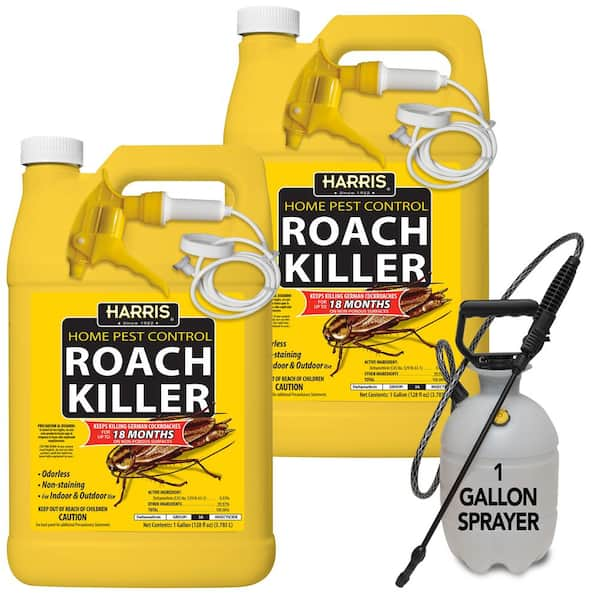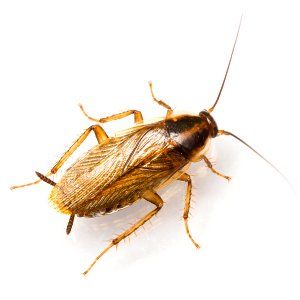Comprehensive Roach Control Near Me Providers for Long-Term Outcomes
Comprehensive Roach Control Near Me Providers for Long-Term Outcomes
Blog Article
Checking Out Different Bug Control Approaches to Accomplish Long-Term Success in Managing and Avoiding Invasions in Suburb
Reliable insect control in property locations necessitates a diverse strategy that stabilizes immediate results with lasting sustainability. What might these advancements entail, and how can they transform our understanding of parasite control?
Understanding Insect Control Approaches
Although pests have existed together with humans for centuries, the approaches employed to control them have advanced substantially with time. Understanding these methods is critical for efficiently handling and stopping invasions in houses. Parasite control strategies can be generally classified right into three main methods: cultural, mechanical, and chemical.
Cultural methods concentrate on modifying the setting to minimize parasite destination and breeding. This includes correct hygiene, plant rotation, and environment alteration, which can dramatically reduce pest populations. Mechanical control involves physical obstacles and traps to manage parasites straight, such as screens, vacuum cleaners, and sticky traps. This method is often favored for its safe nature and immediate results.
Chemical control remains among the most commonly used approaches, including the application of chemicals to remove bugs. While reliable, this strategy necessitates cautious consideration of safety, prospective resistance advancement, and ecological impact. Integrated Bug Management (IPM) incorporates these methods to develop an alternative strategy, promoting long-lasting pest prevention and marginal harm to valuable organisms. By comprehending these numerous pest control techniques, home owners can make informed choices that promote efficient management and preservation of their home.
Eco-Friendly Insect Control Solutions
Just how can house owners efficiently take care of bug troubles while reducing their ecological impact? Green pest control services supply a sustainable option to typical techniques, focusing on the health of both locals and the bordering community. These options often utilize natural components and techniques that disrupt pest actions without presenting damaging chemicals into the environment.
One reliable strategy is the usage of useful insects, such as ladybugs and lacewings, which prey on usual bugs like aphids and termites. Additionally, diatomaceous planet, a natural powder made from fossilized algae, can be sprayed in locations where pests prevail, acting as a desiccant that damages pests while staying safe for human beings and pet dogs.
In addition, executing preventive actions is critical. roach control near me. Homeowners can make certain correct sanitation by securing access factors, preserving clean space, and taking care of waste properly. Planting pest-repellent natural herbs, such as mint and basil, can also discourage undesirable visitors
Inevitably, green parasite control services empower property owners to address infestations sensibly, promoting a more secure living environment while promoting ecological equilibrium. By accepting these techniques, people can contribute to a much healthier planet while successfully taking care of pest-related issues.
Chemical Bug Control Options
While environment-friendly options are progressively popular, go to this web-site there are scenarios where chemical pest control choices might be essential for effective management of severe infestations. Chemical controls, including insecticides, fungicides, and herbicides, are commonly made use of to swiftly lower parasite populaces and minimize damages to homes and yards.
These items can be categorized into 2 primary categories: synthetic chemicals and all-natural chemicals. Synthetic chemicals, such as pyrethroids and neonicotinoids, are crafted to target certain insects, providing fast knockdown impacts. Conversely, all-natural chemicals, stemmed from plant or mineral resources, may offer an extra eco friendly choice while still providing effective outcomes.
Before dig this utilizing chemical pest control, it is critical to perform a detailed evaluation of the invasion and recognize the certain insect entailed. This makes certain that the selected chemical is both reliable and suitable. Additionally, home owners need to abide by security standards, including appropriate application strategies and individual protective devices, to lessen health and wellness threats and environmental influence.
Integrated Bug Administration Strategies

Biological control entails the use of all-natural killers or parasites to take care of bug populaces. Physical controls, like traps or obstacles, can avoid parasites from going into homes or destructive crops.
Monitoring and evaluation are vital elements of IPM, enabling for prompt interventions based on pest populace limits. By focusing on preventive procedures and using a combination of techniques, IPM not just addresses existing infestations but likewise promotes long-lasting parasite management solutions that protect both human health and wellness and the atmosphere. This thorough strategy is vital for lasting parasite control in houses.
Emerging Technologies in Pest Control
The advent of emerging technologies in pest control is transforming the method we handle pest populaces, using ingenious services that improve effectiveness and effectiveness. Advancements in precision agriculture, as an example, make use of information analytics and sensing useful reference unit innovations to keep an eye on insect activity and environmental conditions, permitting targeted interventions that minimize pesticide use.
In addition, drones outfitted with imaging modern technology are being used to evaluate large areas for invasions, giving real-time data that help in prompt decision-making. In addition, biotechnology is playing a crucial duty, with the development of genetically changed microorganisms (GMOs) designed to reduce insect populations while maintaining beneficial varieties.

Last but not least, clever catches and keeping track of devices equipped with IoT capabilities make it possible for homeowners and pest control professionals to obtain instantaneous signals concerning bug activity, assisting in timely action. Jointly, these arising innovations not only improve pest management end results however likewise add to ecological sustainability by lowering dependence on conventional chemical treatments.

Conclusion
In verdict, effective parasite control demands a complex technique that integrates cultural, mechanical, and chemical techniques. The integration of these approaches is critical for attaining long-lasting success in insect management.
Report this page